On how dancing boosts morale and revives the soul “ In the dance, one finds the cinema, the comic strips, the Olympic hundred meters and swimming, and what’s more : poetry, love and tenderness,” said Maurice Bejart, the exceptional choreographer, opera director and dancer. Long before neuroscience confirmed that our brains are wired to move along with music, dancing was there. Babies, children, and adults, all instinctively move to the rhythm of the music. Cognitive research states that human beings are universally synchronized with the chords of music. Moreover, the rhythmic movement lifts our mood, regulates the mental and …
Category: Psychology
One wonders only when he is alone and seeks the truth. – Einstein “Inner dialogue with oneself is an essential human condition ” states psychiatrist Carl Gustav Jung (1875-1961). Murmuring, out loud, intuitive, singing, contemplating…in whatever mode, the conversation made with oneself is the characteristic of all human beings. From an early age on, one speaks to himself without any external trigger, relentlessly accommodates and comforts himself … in the form of talking aloud either through objects or directly with oneself. It allows us to reflect, to come back to our self while distinguishing us from our environment, and …
The most difficult thing is to know yourself. – Thales The impact of our perceptual patterns on the way we navigate the “self” has always been a cornerstone in understanding human behavior. Long before neuroscience started thought experiments on the nature of reality, William James (1842-1910), the pioneer American psychologist put forward “ our view of the world is truly shaped by what we decide to perceive ” and that, in effect, shapes the world around us. Carl G. Jung (1875-1961), founder of the analytical school firmly believed that the “ unconscious is our great guide .” He proclaimed that …
“ The world is sown with good but unless I turn my glad thoughts into practical living and till my own field, I cannot reap a kernel of the good. The desire and will to work is optimism itself. ” Helen Keller (1880– 1968), the outstanding woman who grew up without sight or hearing, in her quest for knowing she not only became learned in philosophy, history, math, science and world matters, but also became an intellectual activist, a “doer” for the good of humankind, and the society at large. She recounts the transforming experience from her inner …
“Resilience across writing is a good way to get out of the fog and light up your life” says Boris Cyrulnik, neuropsychiatrist and writer, having lost both his parents at the age of five, is a living model of how one develops resilience and can overcome the major dramas of life. When the word “resilience” was first used in physics it referred to a body’s ability to absorb an impact. Transformed to the human psyche, it is the capacity to transcend from traumatic experiences. Brené Brown defines resilience as a character quality “ it is how we fold our …
Happiness has been a quest for humankind evers since; from ancient greek philosophers to contemporary psychologists, from physicists to ordinary people. Definitions of happiness were constructed and reconstructed. Roadmaps were given as to where one can find it and remedies were suggested for sustaining it. For one, it is to love and be loved, for another, happiness is attainable by social acceptance, status, sucess or material wealth. Some find joy in helping others or seek it in states of gratitude. The moments or states of happiness are variant, depending on the individual characteristics and the context. But the common …
The childhood of the human race is far from over. We have a long way to go before most people understand that what they do for others is just as important to their well-being as what they do for themselves. – William T. Powell “Compassion is a practically acquired knowledge, like dancing. You must do it and practice diligently day by day,” says Karen Armstrong, the pioneer of Charter for Compassion. Daniel Goleman, psychologist and author of emotional intelligence, writes that “true compassion means not only feeling another’s pain but also being moved to help relieve it.” Daniel …
On the interplay of well-being, happiness and resilience Well-being is commonly defined as a state of being healthy and happy. Contemporary psychology adds “resilience” as an indispensable component of happiness. The word initially used in physics defines body’s ability to absorb an impact. Resilience is featured as the preparedness to transcend challenges. It is the inner force which uplifts the person after a failure, defeat or a disappointment. Resilience empowers us to continue on whatever our pursuit is in life. The eminent neuropsychiatrist and writer, Boris Cyrulnik known with his lifetime work on resilience describes it as a process : …
People like to wonder, and this is the kernel of science. – Ralph Waldo Emerson The story of two comrades who went to war and the near death experience of one of them During the Second World War, the Austrian poet and writer Karl Skala (1924–2006), went to Russia with his troops. He and his comrade, Hannes, caught under artillery fire, took refuge in a fox inn. Hannes got hit and died there. Skala recounts that heavily wounded as he was, he experienced that they were both rising up high in the sky, and found themselves looking at the battlefield …
Karen Armstrong’s reward winning TED Talk on golden rule of becoming compassionate and its intrinsic rewards, you can watch here : You can read more on compassion here: Seeking Small Acts of Goodwill



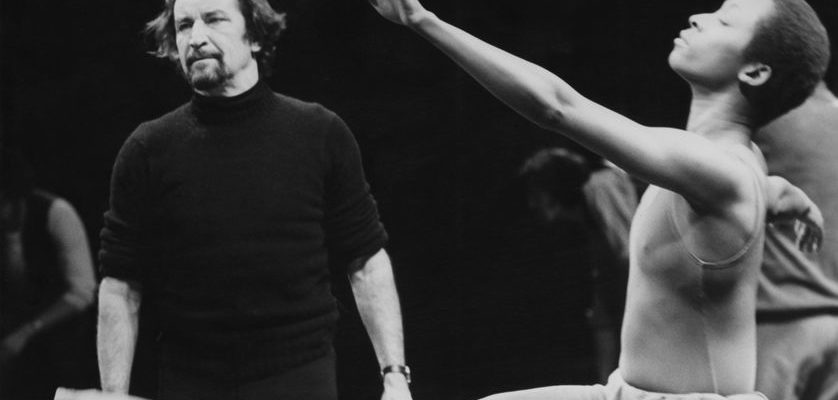
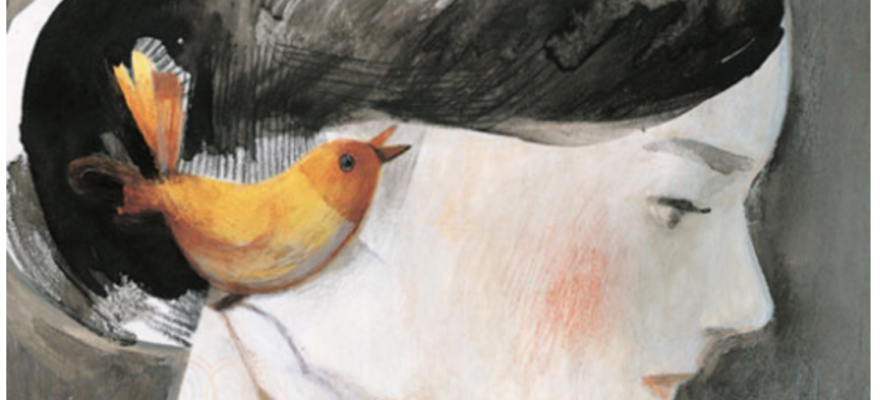

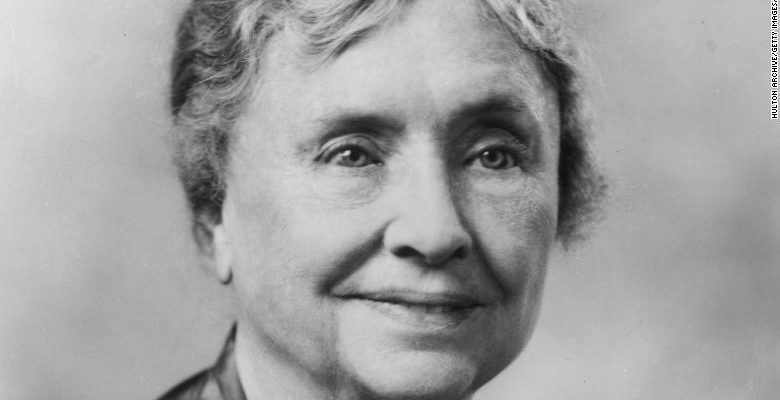


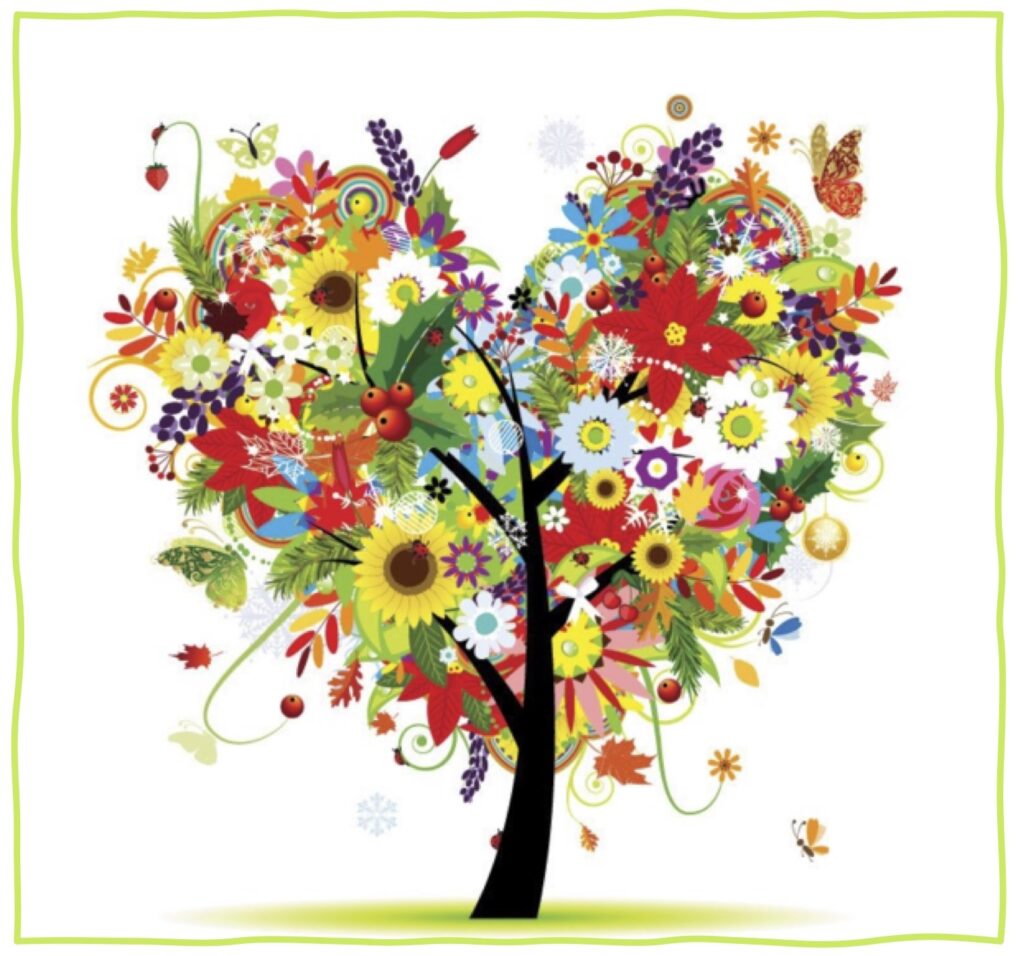


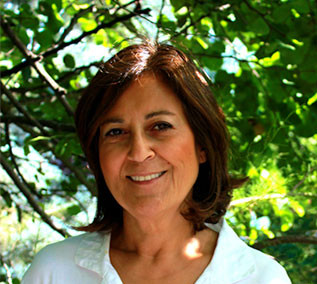




Social Profiles